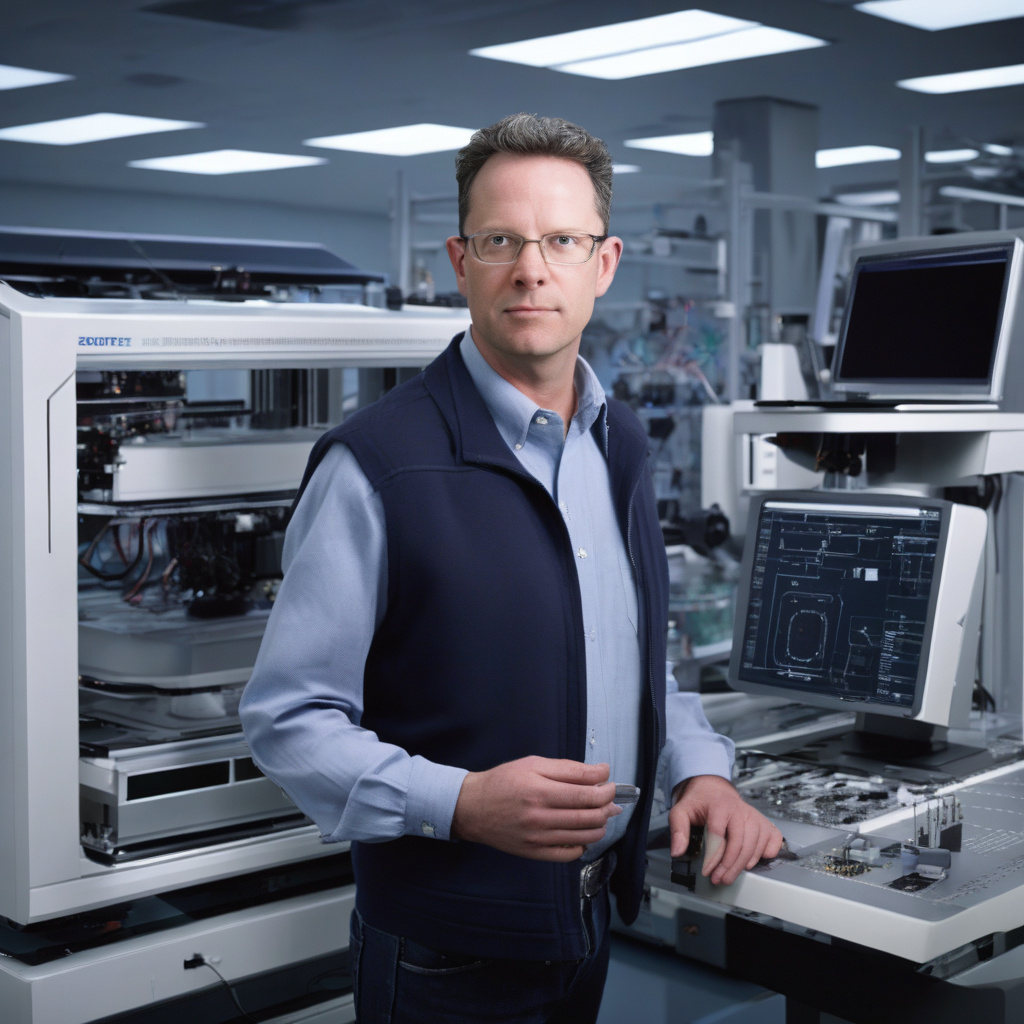Printing the Future: Scott Miller on the Power of Hybrid Electronics
In our latest episode of Lexicon, we sat down with Dr. Scott Miller, Director of the Advanced Print Technologies at Xerox Corporation. With over two decades of experience in the field of printing technology, Dr. Miller shared his insights on the exciting world of hybrid electronics and how it is shaping the future of manufacturing and innovation.
Hybrid electronics is a cutting-edge technology that combines traditional printed circuit boards with flexible electronics to create devices that are lighter, thinner, and more versatile than ever before. This technology has the potential to revolutionize industries ranging from healthcare to automotive, offering new possibilities for product design and functionality.
One of the key advantages of hybrid electronics is its ability to seamlessly integrate electronic components into everyday objects. From smart clothing that can monitor your vital signs to flexible displays that can be curved around surfaces, the possibilities are endless. Dr. Miller highlighted the potential of this technology to create new opportunities for customization and personalization in consumer products.
But the benefits of hybrid electronics go beyond just aesthetics. Dr. Miller emphasized the importance of sustainability in manufacturing and how this technology can help reduce waste and energy consumption. By using additive manufacturing techniques to print electronic components directly onto substrates, companies can minimize material usage and streamline production processes.
Moreover, hybrid electronics enable rapid prototyping and iteration, allowing companies to bring products to market faster and more cost-effectively. This agility is essential in today’s fast-paced business environment, where staying ahead of the competition requires constant innovation and adaptation.
During our conversation, Dr. Miller also touched on the challenges facing the widespread adoption of hybrid electronics. From regulatory hurdles to supply chain complexities, there are still obstacles that need to be overcome. However, he remains optimistic about the future of this technology and its potential to drive the next wave of industrial revolution.
As we look ahead to the future of manufacturing, it is clear that hybrid electronics will play a crucial role in shaping the products and technologies of tomorrow. With experts like Dr. Scott Miller leading the way, we can expect to see continued advancements in this field that will unlock new possibilities and drive innovation across industries.
In conclusion, hybrid electronics represents a powerful convergence of traditional printing techniques and cutting-edge electronics, opening up a world of possibilities for manufacturers and consumers alike. As Dr. Miller aptly put it, “The future is not just about what we can imagine, but what we can create with hybrid electronics.”
innovations, hybrid electronics, manufacturing, sustainability, future trends












